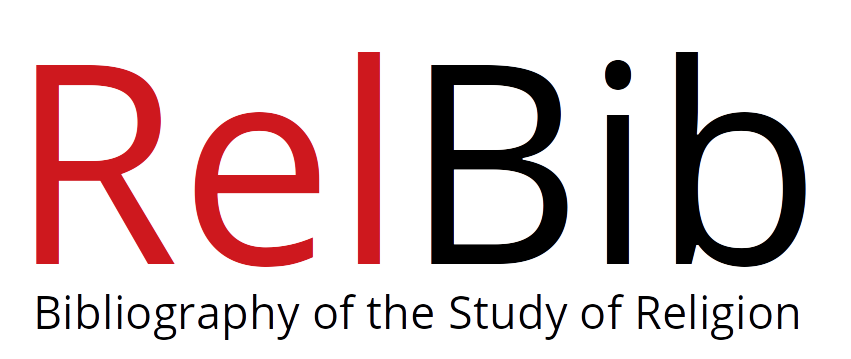|
ABSTRACT
The Book of Mormon has been studied for its thematic, literary, and theological content using almost exclusively qualitative methods (e.g., Turley, 2019; Morrill, 2017). However, scholars have conducted little analysis comparing it to the Bible, even though those who view it as scripture consider it directly comparable in purpose. (e.g., The Book of Mormon, 2015; McConkie, 1985). The present study applies quantitative linguistic analysis to statistically derive the distinctive language from the two volumes of scripture and identifies the key themes and language from the two books. To accomplish this, corpora of The King James Version of the Bible (66 books; 737,817 words) and The Book of Mormon (16 books; 256,286 words) underwent a bidirectional keyness analysis using a combination of log-likelihood and log ratio statistics as filtering criteria. Researchers iteratively categorized 86 keyword types from the Bible and 147 from The Book of Mormon using thematic analysis (Braun & Clarke, 2006). Based on thematic and grammatical relations, this process resulted in four key categories for the Bible and seven for The Book of Mormon and characteristics. The categories describe key messages unique to each book, revealing linguistic, stylistic, and thematic differences between the two books. For instance, the analysis indicated that the Bible focuses much more on documenting history, rituals, and law. In contrast, the Book of Mormon is more concerned with record keeping and war/conflict. The new insights gained from this analysis indicate that the two companion volumes of scripture explain God's will, plan, teachings, and relationship with His children. These results also linguistic methods can be applied to textual religious studies to provide additional insight into demonstrate how quantitative historically more qualitative areas. |













